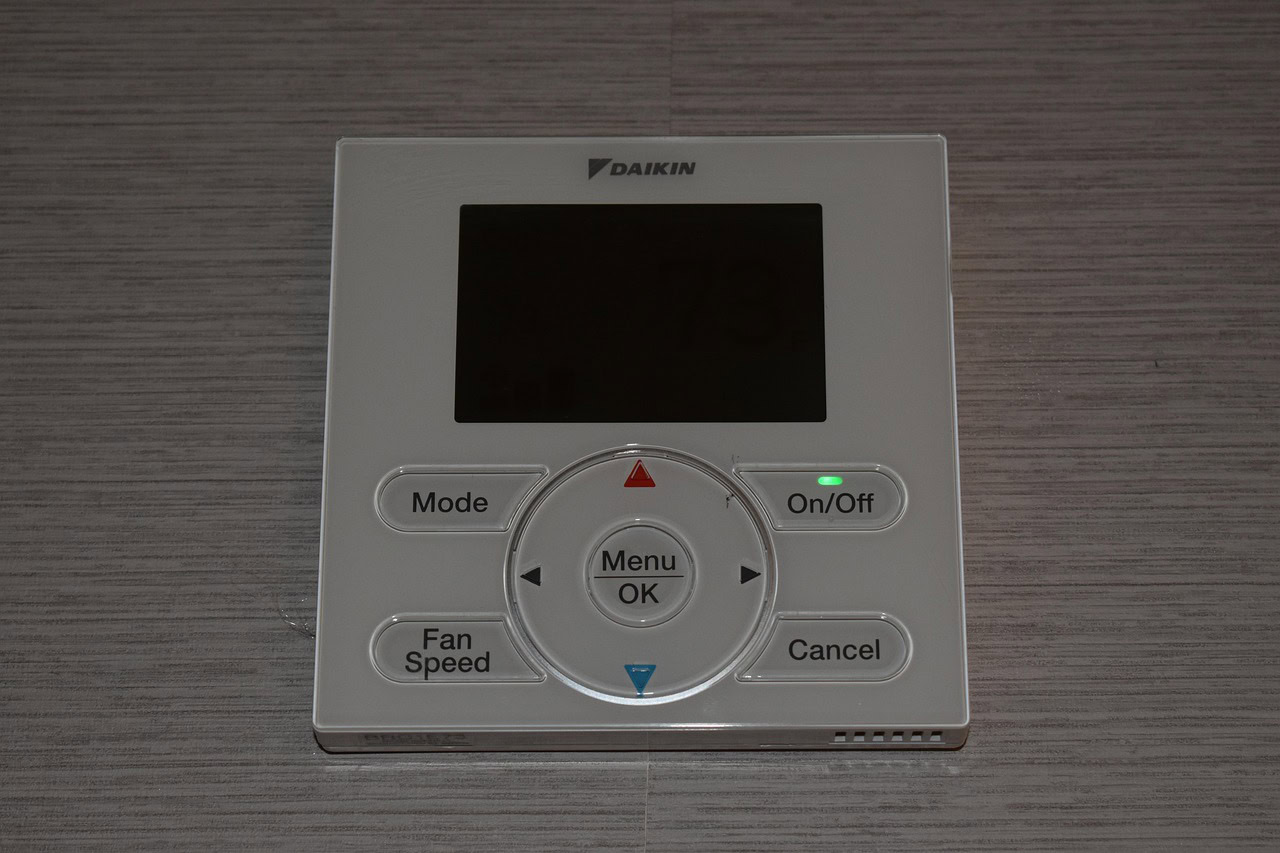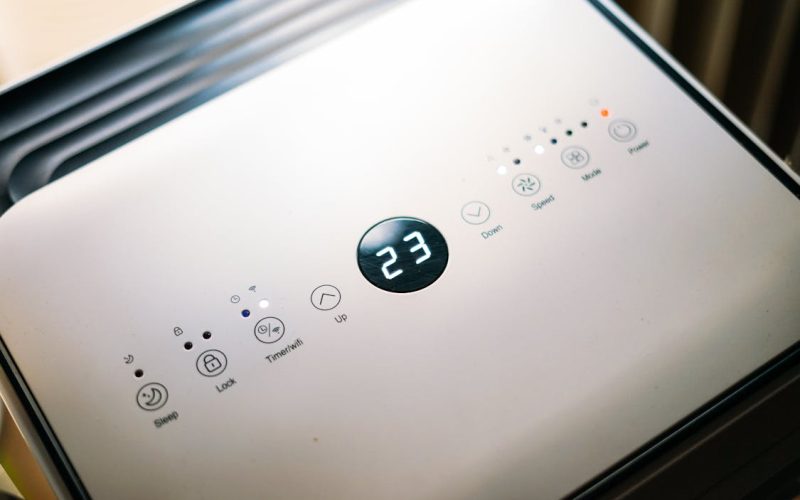When the summer heat rolls in, a properly functioning air conditioning unit becomes a lifeline. However, many homeowners find themselves grappling with an AC that just doesn’t seem to cool their space adequately.
Identifying the root causes of this issue can save you time, money, and discomfort. Here are five common reasons your air conditioning unit might not be doing its job as expected.
1. Clogged Air Filters
One of the simplest culprits behind poor cooling performance is a clogged air filter. Over time, dust, hair, and debris collect in the filters, obstructing airflow. When airflow is hampered, the system struggles to keep your space cool, leading to increased energy consumption and reduced efficiency.
Changing or cleaning your air filters regularly can significantly improve your unit’s performance. Depending on the type of filter you use, this could mean monthly checks or semi-annual changes. If you have pets or live in a particularly dusty area, you may need to replace them more frequently than recommended.
Do not underestimate the difference a clean filter can make. A well-maintained filter allows your AC to operate more smoothly, enhancing its overall function. Think of it like breathing; the cleaner the air, the better the unit can perform.
In addition to improving cooling efficiency, clean filters also contribute to better indoor air quality. This is particularly important for individuals with allergies or respiratory conditions, as cleaner air can lead to a healthier living environment.
2. Refrigerant Leaks
Refrigerant is essential for cooling your home. If there’s a leak, the system can’t maintain the proper pressure needed to cool effectively. This can lead to warm air blowing from the vents, making your home feel uncomfortably hot.
Detecting a refrigerant leak often requires the expertise of a professional. Signs include hissing noises near the unit or ice forming on the evaporator coils. If you suspect a leak, it’s a good idea to call an HVAC technician to evaluate the situation.
Repairing a refrigerant leak isn’t just about recharging the system. The underlying issue causing the leak must be addressed, or you may face recurring problems. Ignoring a small leak can escalate into significant damage, leading to costly repairs down the line.
Keep in mind that running your AC on low refrigerant can lead to compressor failure. This part is expensive to replace, so it pays to nip refrigerant issues in the bud.
3. Thermostat Issues

The thermostat is your AC’s command center. If it’s malfunctioning, your system may not know when to cool or how hard to work. This can lead to inconsistent temperatures and discomfort in your home.
First, check the thermostat settings. Ensure it’s set to “cool” and the temperature is lower than the current room temperature. Sometimes, simple adjustments can resolve the issue.
If the thermostat is outdated or inaccurate, consider upgrading to a newer model that offers better precision and programming options.
Further complicating matters, a poorly calibrated thermostat can lead to unnecessary energy consumption. If the AC runs longer than needed, you’ll see a spike in your energy bill. It’s worth investing time and energy into ensuring your thermostat is functioning correctly.
Professional HVAC technicians can also test the thermostat for accuracy. This can provide peace of mind and help you catch any issues before they worsen.
4. Duct Issues
The ductwork in your home plays a crucial role in distributing cool air. If there are leaks, blockages, or poor insulation, the efficiency of your AC unit will suffer. Leaky ducts can eject cool air into unconditioned spaces, such as attics or basements, rather than keeping your home comfortable.
Inspecting your ductwork might reveal visible holes or disconnected sections. Sealing these gaps can drastically improve cooling efficiency. Duct sealing tape or mastic can fix some minor leaks, but substantial damage might necessitate professional intervention.
Beyond leaks, blockages caused by dust and debris can also hinder performance. Ensure that vents and registers are unobstructed to promote optimal airflow. Poorly placed furniture or decor can impede the distribution of cool air, leading to uncomfortable temperatures.
In some cases, duct cleaning may be necessary. This involves removing built-up dust and debris that can restrict airflow, ultimately boosting efficiency and comfort.
5. Aging Equipment
Like all appliances, air conditioning units have a lifespan. If your system is over ten years old, it might struggle to keep up with modern efficiency standards. Older units tend to be less effective and can often break down more frequently, creating added stress during the hottest months.
If your unit is aging, consider evaluating its performance. Are you constantly calling for repairs? Are your energy bills higher than average? These can be signs that it’s time to consider a replacement.
Newer models are often much more efficient, providing better cooling while using less energy. Energy-efficient systems can save you money in the long run, making them a worthy investment.
While the initial cost may be higher, the long-term savings on your utility bills and repairs can be significant. If your current unit is showing signs of serious wear, now might be the right time to consider a professional cooling system replacement to ensure comfort and efficiency.
Sometimes, homeowners put off replacing their AC units due to the upfront cost. However, procrastinating can create more significant issues, leading to higher expenses later on. It’s often better to replace an aging unit sooner rather than later.
In summary, if your AC unit isn’t cooling adequately, it’s essential to troubleshoot effectively. Addressing issues like clogged filters, refrigerant leaks, thermostat problems, ductwork issues, and aging equipment can restore comfort to your home.
Identifying and acting on these situations promptly can help you avoid more extensive, costly repairs in the future.


